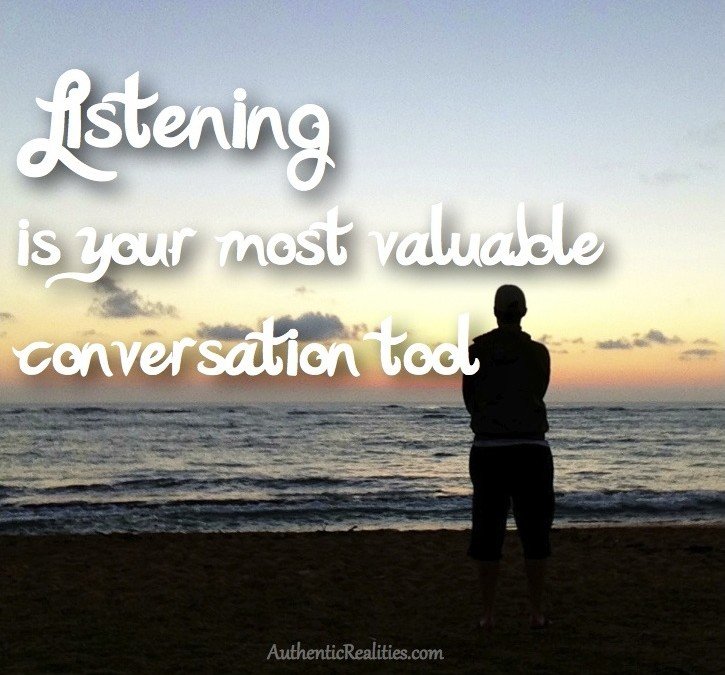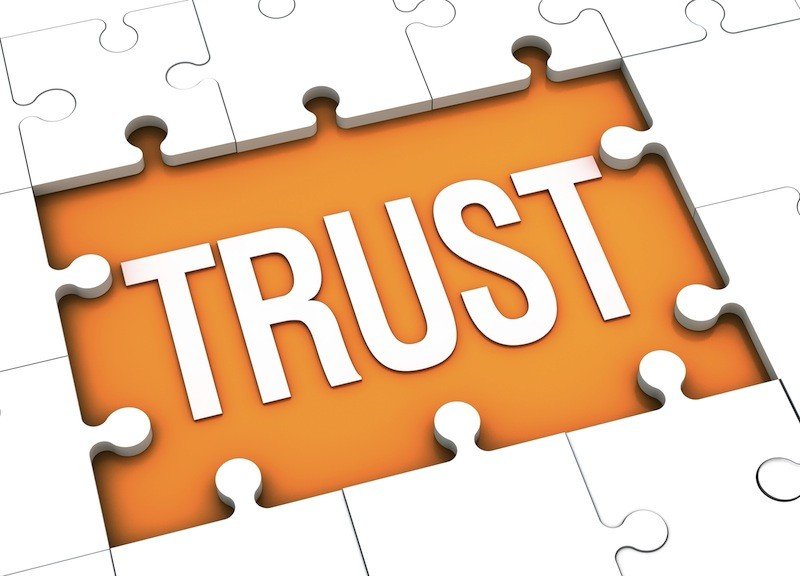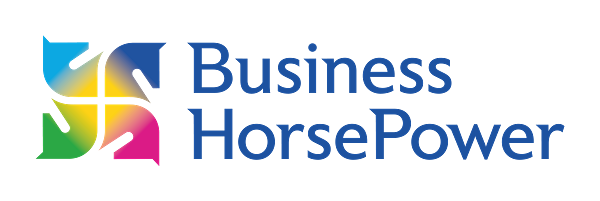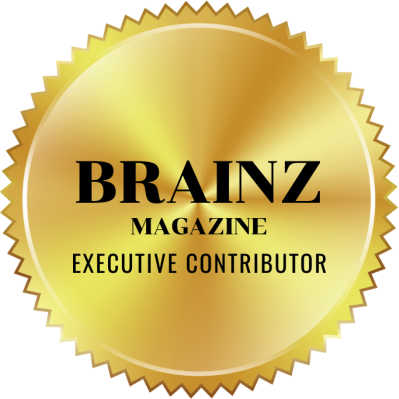
by Julia Felton | Feb 11, 2016
The adage goes that “a picture is worth a thousand words”, so therefore I’m curious to know what you think about this picture. What message do you think I was being sent when it arrived in my inbox? And how do you think I reacted?

We often totally under-estimate the power of non-verbal communication in our society and yet non-verbal communication is an essential component of everyday life. We can convey a simple or complex message very succinctly with how we show up.
If we are feeling bored and unenthusiastic at work our body posture will probably express this with folded arms, rounded shoulders and generally looking glum and sad. Contrast this with a team member who is happy and in flow enjoying their job. They probably have a spring in their step, are literally walking on air and have a happy countenance.
How we BE at work and in life shapes how people interact with us and therefore the experiences we have. Sure words are important, but only up to a point as research shows that our body language and tonality have a much greater impact on the impression we make than anything else.
So how do you think I responded when I received this. Well of course I laughed and immediately saw the funny side of how my actions were stopping one of my colleagues getting on with her work. What might have become a heated conversation – her chasing me for something I hadn’t completed – got deflected with with one simple image.
So how can you use non-verbal communication to convey your message in a fun and innovative way?. I’d love to hear what you are doing.
And of course if you want to learn non-verbal communication from horses, who are masters at this, then look out for my Art of Communication workshop that up soon. You can find all the details here.
Have an inspired rest of the week.

by Julia Felton | May 11, 2015
If leaders are to be successful they need to be able to influence and impact others. But what is impact and how is it created. My definition of personal impact is ‘The ability to command your audience, aligning your physiology and emotions to create the impact you intend.’ If you are able to do this it will automatically affect the tone of voice you use.
Why Physiology and Emotions?
In my workshops I often refer to the Mehrabian model on the impact of communication where 55% of what we communicate is through our physiology or our body language. This can be anything from facial expression, the way you stand or sit and breathing. It’s not about size, height or physical beauty. 38% of what we communicate is through tone of voice, which includes volume, timbre, speed, rhythm and the energy behind it.
Both tone and physiology are affected by our emotions. If you are fearful, happy, stressed it will show in both and people unconsciously read these. This leaves 7% of the impact in the words you use. It’s important to recognise that all 3 elements are significant and have to be aligned. Saying you are happy when your voice tone and body are clearly saying something different gives an incongruous message, as you are not being authentic and people immediacy recognise this. Admittedly sometimes this acknowledgement is not even conscious. When others experience us as inauthentic and incongruent it makes them wary of us as they are not sure what to expect and in a sales situation people will not buy from you.
So how do you create an impact?
The best way to create the impact you desire is firstly to be clear on what impact you want to create. This mean being authentic and having clarity on the outcome you want. Being laid back is great if that is the impact you want to create but this might not be the right approach if you want people to listen to your message and remember it.
Remember you create an impact from the moment you walk in a room or someone sees/hears you for the first time. Here are some simple steps you can begin to practice to create the impact you desire.
- Ask yourself – what is my intention in the meeting? What result do I want? What atmosphere do I want to create? Having got clarity on this;
- Ask yourself – how do I need to be to create/deliver this? What do I need to embody? Visualise how you will be walking into the room and interacting with others
- As you do this go through a basic centring practice:
- Stand with your feet hip width apart, balanced equally on each foot with your knees relaxed.
- Lift your rib cage slightly and relax your shoulders so you stand tall yet relaxed.
- Lift you head a look straight ahead, relaxing your jaw in the process.
- Now, if your breath hasn’t already shifted breath into your abdomen.
- Notice the shift in your body and your breath and the energy you need to create and project.
- If possible practice how you need to be.
Now, after the event reflect:
- Did you create the impact you wanted?
- If yes what did you learn that you can repeat or do more of?
- If not what did you notice about how you were? When did you ‘lose it?’
- What do you need to practice to do better next time?
- If possible get feedback.
In my experience the times I fail to make the impact I desired occur when I stop being authentic and try to be someone else. When I lack authenticity it becomes difficult to connect with the other person and communication channels become blurred. One of the best teachers I have ever come across when it comes to learning how to create an impact and be authentic are my horses. They never fail to give me honest feedback.
So if you are interested in developing your authentic communication skills I invite you to join me for the upcoming Art of Authentic Communication Workshop where my herd of horses will be your teachers.

by Julia Felton | May 5, 2015
Our brains are hard-wired to do the opposite of listening unconditionally— listen for quick judgements. Our hunter-gatherer ancestors who could make quick determinations between the rustling of grass or a tiger survived. Those that wandered around, taking it all in, became lunch.
Our world today is different, and we are less likely to take creative risks or share with someone that we feel has passed judgement on us. According to Judith Glaser, author of Conversational Intelligence, the main purposes of listening are to judge, to reject or to connect. People determine if they are being judged or connected to in .07 seconds. How do you feel when you sense you’re being judged? How creative are you? Are you good at solving problems? Do you feel inspired? Thoughtful? Or do you want to find the safest answer as fast as you can in order to get out of the conversation?
If you listen unconditionally, that means that you are going into the conversation with the primary purpose of connecting, not deciding if you are going to accept or reject what the other person is talking about. Regardless of what the other says, you are coming from a place of curiosity. Nothing said will faze you. Next time you have a conversation, whether with a client, family member or coworker, rather than start with your thoughts, ask the other person for theirs. Continue to ask open-ended questions and just… listen. Do not analyze, do not plan, do not start making any choices. Then ask another open-ended question. If you’re stuck, one way to practice coming up with questions is using the click-down tool. Find the key word or phrase that would be blue and underlined if the conversation was transcribed on a webpage, and ask an open-ended question about it.
Listening unconditionally is not easy, but it is not impossible. In fact, the more you practice it the more natural it will become. So I challenge you. See how many conversations you can have in the next week where you only ask questions. You will find that you talk less and hear a lot more. In fact, you may even be inspired.
If you want to develop your listening skills then I invite you to join us at the Art of Authentic Communication Workshop being held as part of International Coaching Week.

by Julia Felton | Apr 28, 2015
Whilst good communication and leadership are all important, both in business and when working with horses, it is connection that forms the essential foundation of this triage. This is because if you can connect with others at all levels — one on one, in groups and with an audience — then relationships are stronger, your sense of community and belonging improves, your ability to create teamwork increases and your influence and productivity expands.
However, when people come to us with a problem, it’s easy to lapse into behaviours that — although usually well-meaning — serve to block us from hearing the other person’s experience, and so block the connection. We’d be better off following the words of this inside-out saying: “Don’t just do something; stand there”…and try not to:
- Counsel. Seek not to advise solutions (until asked) but listen and reflect back the person’s experience.
- Defend. When you explain, justify or rationalize, you invalidate the other’s experience. You can create a time to offer your experience, but for now, just listen.
- Shut down. This happens in parenting when we say things like: “Stop crying. It’s not that bad.” Children are more likely to stop crying when they feel they’ve been heard.
- One-up. Saying, “Oh, that’s nothing! Listen to what happened to me!” gives the message, “Your experience doesn’t count.”
- Reassure. It’s OK for people to feel their feelings. When we try to console (“It’s not your fault; you did the best you could…”), we take people out of their feelings.
- Pity. Sympathy and pity (“Oh, you poor thing!”) are very different from empathy, which is simply a respectful understanding of what others are experiencing.
- Commiserate. Sharing stories of your own similar experiences is not showing empathy; it turns the focus away from the person with the problem.
- Correct. First listen. After the other person feels fully understood, then see about correcting any misunderstandings or inaccurate impressions.
- Enlighten. Don’t attempt to educate unless your opinion is asked.
- Interrogate. Too many questions distract from the feelings at hand.
Learning to connect is one of the most important skills that we can learn, and it starts off by being genuinely interested in the other person and how they are feeling. Listen to what they are saying with your entire body, stay present and focused, be curious. If you exhibit all these skills then people are more likely to connect with you. Interestingly, these too are the skills required to connect with a horse which is why horses are the teachers on the upcoming Art of Authentic Communications workshop. You need to be able to communicate to connect.
The benefits of learning to communicate and connect are immense: better personal and family relationships, better business relationships and in general a better experience of life.

by Julia Felton | Feb 27, 2013
Trust is the unwritten social contract that underpins everything in our society. We all know how it feels when trust is broken or lost. More importantly we all understand what the effects of a loss of trust can be.
Yet trust allows us to great things. Through trust we can work together effectively. We can rely on our friends and family. We can speed up communication and action.
All because of trust.
Trust in Business
Trust relationships also cement every business activity. Trust in business exists through our external interactions with other organisations while internally it draws our business together. At the most basic level trust is needed for every employee contract or commercial transaction.
But trust in business is a much more vital concept in the 21st Century. As the certainties of the past are being undermined, economics and performance are being affected.
Is the concept of trust in your business a central part of your strategy?
The Meaning of Trust
Trust, in brief, is the confident expectation of something. Whether we are working at the highest level of a business or as an employee we all need to be confident in something in the future. We expect that our business will continue or our job will be safe.
Yet trust is sidelined as too ‘fuzzy’ to be measured or understood. It certainly can’t be applied. This simply is not true. We measure the effects of trust everyday.
What areas are affected by trust in business?
1. Turnover and Profit
2. Sales Performance
3. Referred Business
4. Employee Satisfaction and Engagement
5. Productivity
6. Project and Product Delivery
7. Customer Satisfaction and Loyalty
8. Brand Awareness and Marketing
The Measure of Trust
We can see the effect of trust but what would be the impact if we could go straight to the source and measure it directly?
It is safe to say that what and who we trust, we value. In business, what we value can be broken down into five different aspects.
What areas are affected by trust in business?
Innovation
Sometimes you need creative solutions and plans, ‘out of the box thinking’. Who do you value for this aspect? Chances are you trust them as well.
Communication
Every business needs good communication, internally and externally. The ability to listen and share information is a valuable skill and ability. Who do you trust most in this aspect?
Service
All businesses need to take care of the people that matter to them, whether that is team members or customers. Who do you rely on most to give excellent service?
Measurement
If we don’t know how we’ve done, how do we get better? Who do you lean on most for your measurement and reporting?
Spirit
This is the ability to stay resilient and positive. This is often the quality of leadership. Who do you trust to lead?
If a business or a team member loses their value in one of these aspects, it is easy to undermine what else they provide us. By assessing all five areas we can quickly become aware of where we have hidden, unused talent that can be unlocked.
If you want to learn more about TRUST and it’s importance in both the workplace and life you will not want to miss The Trust Conference. Book now to benefit from the early bird discounts

by Julia Felton | Dec 20, 2012
When we hear a team member say of another team in the company “We can’t trust them with that” or a manager say to a team member “I don’t trust you with this task” we are hearing the word ‘trust’ used in a very explicit way. Yet trust (and distrust) shows up more often in invisible ways:
- A team member is given extra responsibility.
- A reorganisation moves some teams into more critical positions.
- Customers stop buying a particular product…
When we have a suspicion that trust has fallen, we may open up some conversations or make some enquiries but the dynamics of trust remain grey and cloudy. Within Talent Dynamics, the invisible becomes visible by recognising trust as having five distinct aspects. These aspects are all measurable and allow us to see where any individual, team and company are most trusted and least trusted. When we know this within a team, we can transform results rapidly by aligning activities to those we trust most in them and build the team to support each member where trust is lowest.
Here are the five aspects of trust:
Innovation
This is the degree to which your team trusts that you can be consistently relied on to come up with creative solutions and plans. Dynamo frequency profiles naturally create the most trust in this area.
Communication
This is the degree to which your team trusts that you can be consistently relied on to share information and listen effectively. Blaze
frequency profiles naturally create the most trust in this area.
Service
This is the degree to which your team trusts that you can be consistently relied on to look after customers and team members.
Tempo frequency profiles naturally create the most trust in this area.
Measurement
This is the degree to which your team trusts that you can be consistently relied on to measure and refine your own performance.
Steel frequency profiles naturally create the most trust in this area.
Spirit
This is the degree to which your team trusts that you can be consistently relied on to remain resilient and positive. Those who build
this on their path through their leadership naturally create the most trust in this area.
When we stop trusting a team member or an entire team to deliver in a particular area, we often let the factor in which we are not trusting them to overshadow any areas in which we do trust them and so throw out their strength with their weakness.
By assessing all five areas, we can quickly become aware of where we have hidden, unutilized talent just waiting to be unlocked.
We are excited that Stephen R. Covey will be the keynote speaker at the Talent Dynamics Trust Conference next year.
Want to discover your frequency. Take the Talent Dynamics Test here.










